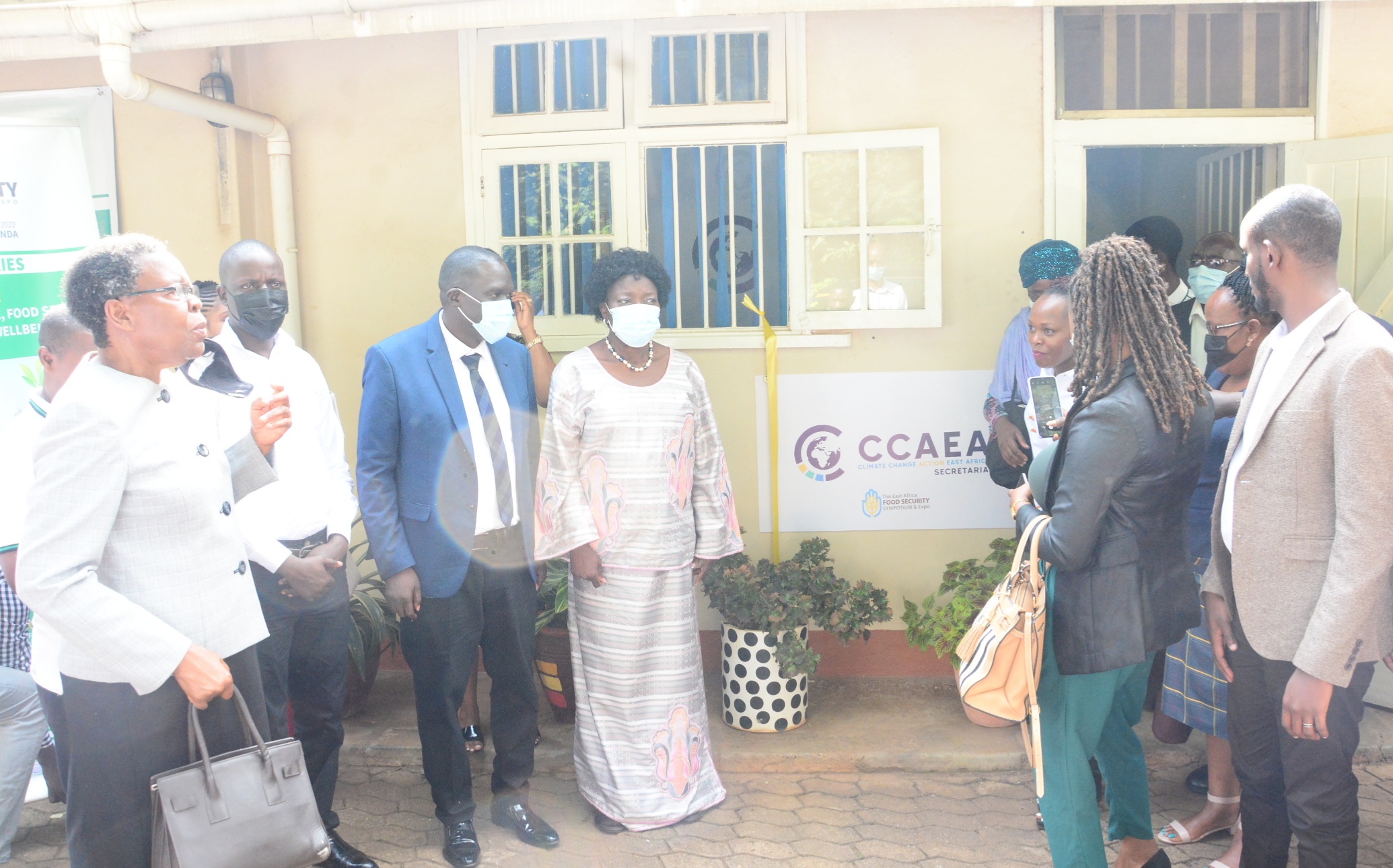Examinations have been a permanent fixture in Uganda’s education cycle. However, this is bound to change with the new competence-based lower secondary curriculum, which will shift focus to class-based assessments.
Normally, towards the end of every term, learners are expected to sit for final examinations, which are marked, and the scores are recorded on the report card for presentation to the parents or guardians.
The scores for the test range from 0 to 100 per cent. However, as the end of the first term draws closer, parents are on notice to expect their children to write the usual examinations and usual report cards.
Christopher Muganga, a Curriculum Specialist at the National Curriculum Development Center-NCDC, tells watchdog that,the new competence-based curriculum was designed to replace the old model where learners are subjected to selected questions out of the tens of topics learnt to determine who is bright and not.
According to the assessment guideline and guidance offered by the NCDC, there is a shift from Learning Outcomes that focus mainly on knowledge to those that focus on skills and deeper understanding.
“Knowledge can be assessed through written tests, which can be given to learners at the end of each topic, but there will also be an assessment of skills, attitude, and values, and deeper understanding requires different approaches,” the guidelines read in part.
Because of this, the role of the teacher in assessment becomes much more important. The teacher’s role is not to write tests for learners but to make professional judgments about their progress in the course of the normal teaching and learning process.
Muganga explains that moving forward, teachers are expected to assess learners at the end of every topic by giving them an activity of integration, which will be looking at the achievement of the desired competence categories in three major areas of accuracy, relevancy, and coherence.
“Since each Topic competency is made up of several Learning Outcomes, teachers need to consider all the Learning Outcomes when making an overall judgment about the Topic as a whole. It is not always necessary for every individual Learning Outcome to be achieved for the Topic as a whole to be achieved. This will vary with the subject and topic,” he adds.
Muganga says after assessing learners at the end of each topic as required, there is no reason why teachers should again stress learners with the end of term or beginning term examinations. To him, this could be a double assessment, which is a waste of time that could have been used to master other competencies.
The new curriculum requires that after every topic an activity of integration is done and thereafter the teacher rate the learner categorizing them into three groups labelled by identifiers represented by numbers; 1,2, and 3. This means that scores like 35 percent, 60 percent, or 80 percent will no longer be applied.
In the new setting, one (1) will be representing learners below average, two (2) representing those who have achieved something but haven’t reached the desired outcome as required by the syllabus, and 3 which represent those who have either excelled or achieved beyond the expectation of setting expected learning outcome.
Muganga notes that when filling this in the report card, the class teachers must ensure that they put a column explaining to the end-user, what the numbers mean.
Do you have a story in your community or an opinion to share with us: Email us at Submit an Article








